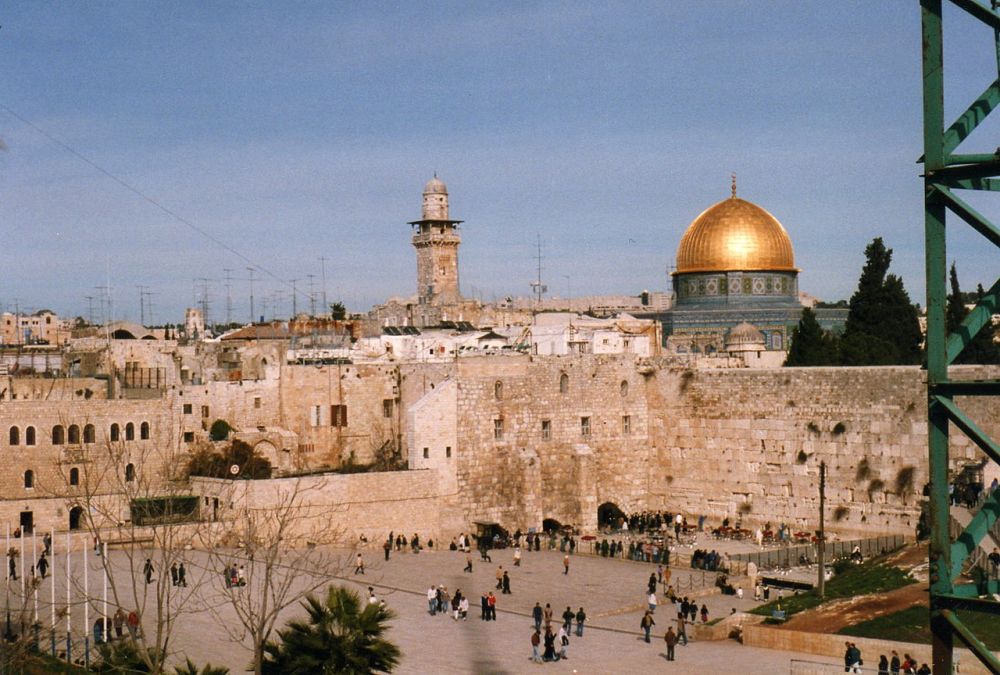

The Western Wall, also known as the Wailing Wall, in Jerusalem, Israel, is one of the most enduring symbols of Jewish history and spirituality. This ancient limestone wall in the Old City of Jerusalem has been a site of pilgrimage and worship for Jews for centuries. The Western Wall is the last remaining structure of the Second Temple, which was destroyed by the Romans in 70 CE.
The tradition of visiting the Western Wall dates back to the early medieval period, although its significance increased after the destruction of the Second Temple when it became a symbol of mourning over the loss of the temple, hence the name "Wailing Wall". Throughout history, it has been a place where Jews would gather to lament the temple's destruction. They also come to pray and to connect with their heritage and divine presence.
During the Ottoman era, the ability of Jews to visit the Wall fluctuated with the level of tolerance exhibited by the ruling powers. Nevertheless, it remained a focal point for Jewish life. Under the British Mandate (1917-1948), the area near the Western Wall served as a place of tension between the Jewish community wanting access to pray and the Arab community asserting their adjacent properties.
Until 1967, when Israel gained control of the Old City during the Six-Day War, the Wall was under Jordanian rule, and Jewish access was restricted. Following the war, Israel ensured that people of all faiths could visit holy sites in Jerusalem, and the Western Wall became more universally accessible. The area in front of the Wall, known as the Western Wall Plaza, was expanded to accommodate the large number of visitors and worshippers who came to the site.
Today, the Western Wall is a testament to the perseverance of the Jewish people and serves as an iconic symbol for Israel. It is the most visited site in the nation, with millions of people coming each for spiritual reasons, to witness historical grandeur, or to connect with the past. In addition to being a place of prayer, the Wall has become a cultural and national gathering place, hosting ceremonies and special events.
In recent years, there has been a rise in virtual tourism due to global events like the COVID-19 pandemic. Virtual tours and live-streams have allowed people from all over the world to experience the Western Wall from their homes. Additionally, there has been an enhancement in the visitor experience, with more educational programs, guided tours, and improved facilities to explain the historical and religious significance of the site.
The Western Wall continues to hold a deep significance for the Jewish people, and this is reflected in its importance as a tourist destination. Whether through physical or virtual means, its enduring presence as a site of faith, history, and cultural identity ensures that it remains at the heart of Jerusalem's tourism industry.